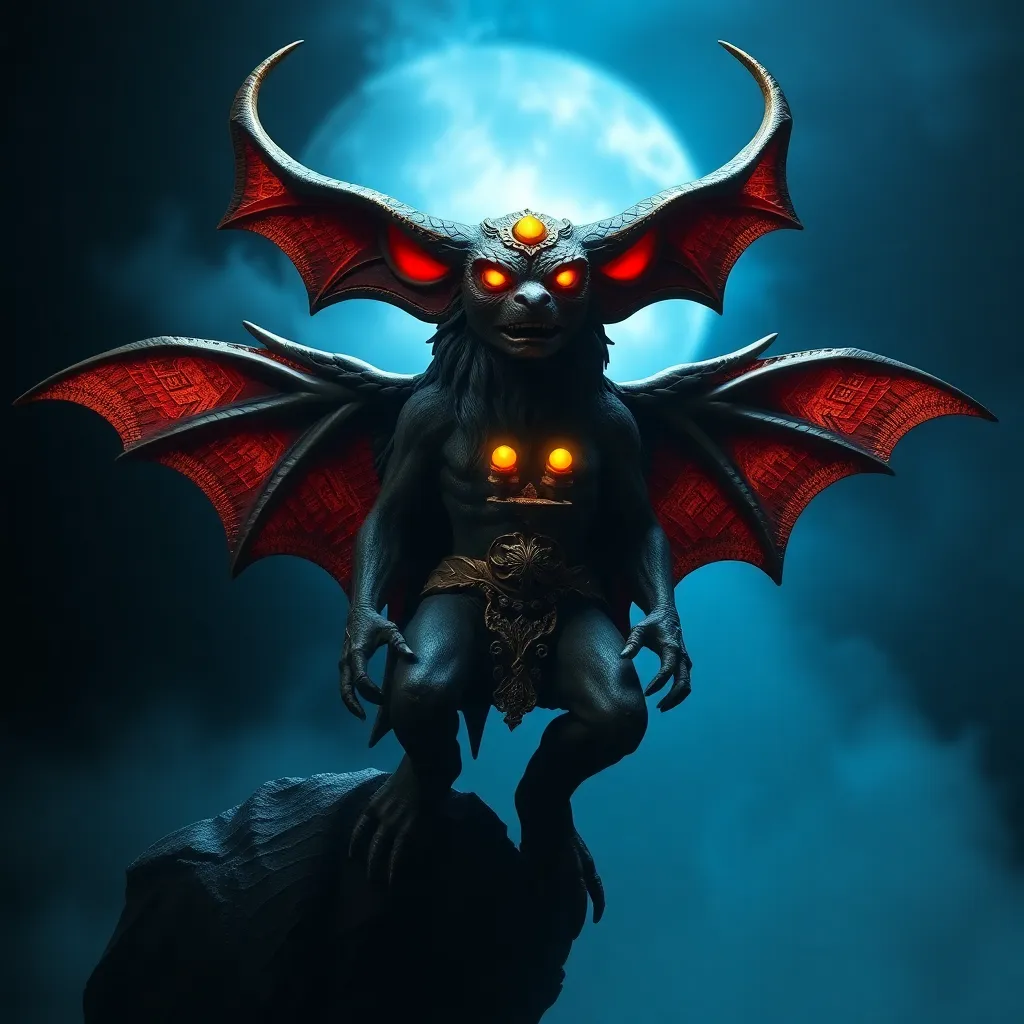The Serpent’s Song: Exploring the Naga of Southeast Asian Mythology
I. Introduction
The Naga, a mythical serpent-like creature, holds a significant place in the folklore and spiritual traditions of Southeast Asia. Revered and feared, the Naga is often depicted as a protector, a deity, and a vital force associated with water and fertility. This article delves into the rich tapestry of Naga mythology, exploring its origins, symbolism, and cultural significance across various Southeast Asian societies.
The importance of the Naga transcends geographical and cultural boundaries, illustrating the interconnectedness of spiritual beliefs across the region. Understanding the Naga not only enriches our knowledge of Southeast Asian mythology but also highlights the enduring relevance of these ancient stories in contemporary culture.
The purpose of this article is to examine the multifaceted nature of the Naga, tracing its historical roots, exploring its symbolism, and discussing its role in modern society.
II. Origins of the Naga Mythology
The Naga’s origins can be traced back to ancient Southeast Asian civilizations, where it was revered as both a divine and earthly entity. Historical context reveals that beliefs surrounding the Naga were influenced by various cultures, leading to a rich amalgamation of stories and attributes.
- Historical context of Naga beliefs: The Naga is mentioned in early Hindu and Buddhist texts, suggesting a deep-seated reverence for these serpent deities.
- Ancient texts and inscriptions: Significant references to the Naga can be found in the Pali Canon, the Mahabharata, and various inscriptions across temples in the region.
- Cross-cultural influences: The Naga mythology has been shaped by interactions between indigenous beliefs and the arrival of Hindu-Buddhist influences, leading to diverse interpretations.
III. Physical Attributes and Symbolism
The physical representation of the Naga varies across cultures, but certain characteristics remain consistent. Often depicted as a large serpent or dragon-like being, the Naga embodies both grace and power.
- Description in art and literature: In sculptures and paintings, the Naga is frequently shown with multiple heads or adorned with jewels, symbolizing its divine nature.
- Symbolic meanings: The Naga is commonly associated with water, rain, and fertility, representing life and abundance. It also symbolizes protection and guardianship.
- Variations in representation: While the Naga is often depicted as a benevolent guardian in Buddhist cultures, it may be viewed as a fearsome creature in other traditions.
IV. The Naga in Various Southeast Asian Cultures
The Naga’s presence is felt across various Southeast Asian cultures, each interpreting its significance through unique lenses.
- The Naga in Hindu mythology: In Hindu texts, Nagas are considered celestial beings and are often linked to the god Shiva. They are depicted as protectors of treasures and the underworld.
- The Naga in Buddhist traditions: In Buddhism, the Naga is seen as a protector of the Buddha and the teachings. The Naga is often depicted in stories where it pays homage to the Buddha.
- Regional variations:
- Thailand: The Naga is celebrated in festivals and is believed to reside in rivers and lakes.
- Laos: The Naga is central to the mythology surrounding the Mekong River, with numerous stories of its protective nature.
- Cambodia: The Naga is depicted in the architecture of Angkor Wat, symbolizing the connection between the earthly and the divine.
- Myanmar: The Naga is featured in local folklore, often associated with rain and agriculture.
V. The Naga as a Protector and Deity
The Naga is often viewed as a guardian, playing a vital role in the spiritual and physical well-being of communities.
- Guardians of water and fertility: The Naga is believed to govern rivers and lakes, ensuring the fertility of the land and the prosperity of agriculture.
- Naga worship and rituals: Communities engage in various rituals to honor the Naga, seeking blessings for rain and protection from floods.
- Stories and legends: Legends abound of Nagas saving villages from disasters, reinforcing their role as protectors.
VI. Naga and the Natural World
The Naga is deeply intertwined with nature, particularly water bodies, which are considered sacred in many cultures.
- Association with rivers and lakes: The Naga is often depicted as residing in or near water, symbolizing life and sustenance.
- Environmental significance: The Naga encourages respect for natural ecosystems, highlighting the importance of water conservation.
- Folklore and natural disasters: In stories, the Naga is sometimes blamed for floods or droughts, embodying the unpredictability of nature.
VII. Modern Interpretations and Representations
In contemporary society, the Naga continues to capture the imagination of artists, writers, and filmmakers.
- Contemporary art and literature: Modern interpretations of the Naga can be found in various art forms, reflecting cultural nostalgia and innovation.
- Popular culture: The Naga has made its way into films, video games, and literature, often portrayed as a mystical creature with complex personality traits.
- Resurgence of interest: Recent years have seen a revival of interest in traditional Naga stories, as communities seek to preserve their cultural heritage.
VIII. Conclusion
In summary, the Naga stands as a powerful symbol within Southeast Asian mythology, representing the intricate relationship between humanity and nature. From its origins in ancient texts to its modern representations, the Naga continues to resonate with cultural significance.
The relevance of Naga mythology today serves as a reminder of the importance of water, fertility, and the natural world. As we navigate contemporary challenges, the stories of the Naga can offer wisdom and a sense of connection to our environment.
Final thoughts on preserving and honoring Naga traditions encourage communities to celebrate their heritage, ensuring that the tales of these magnificent serpents continue to inspire future generations.



